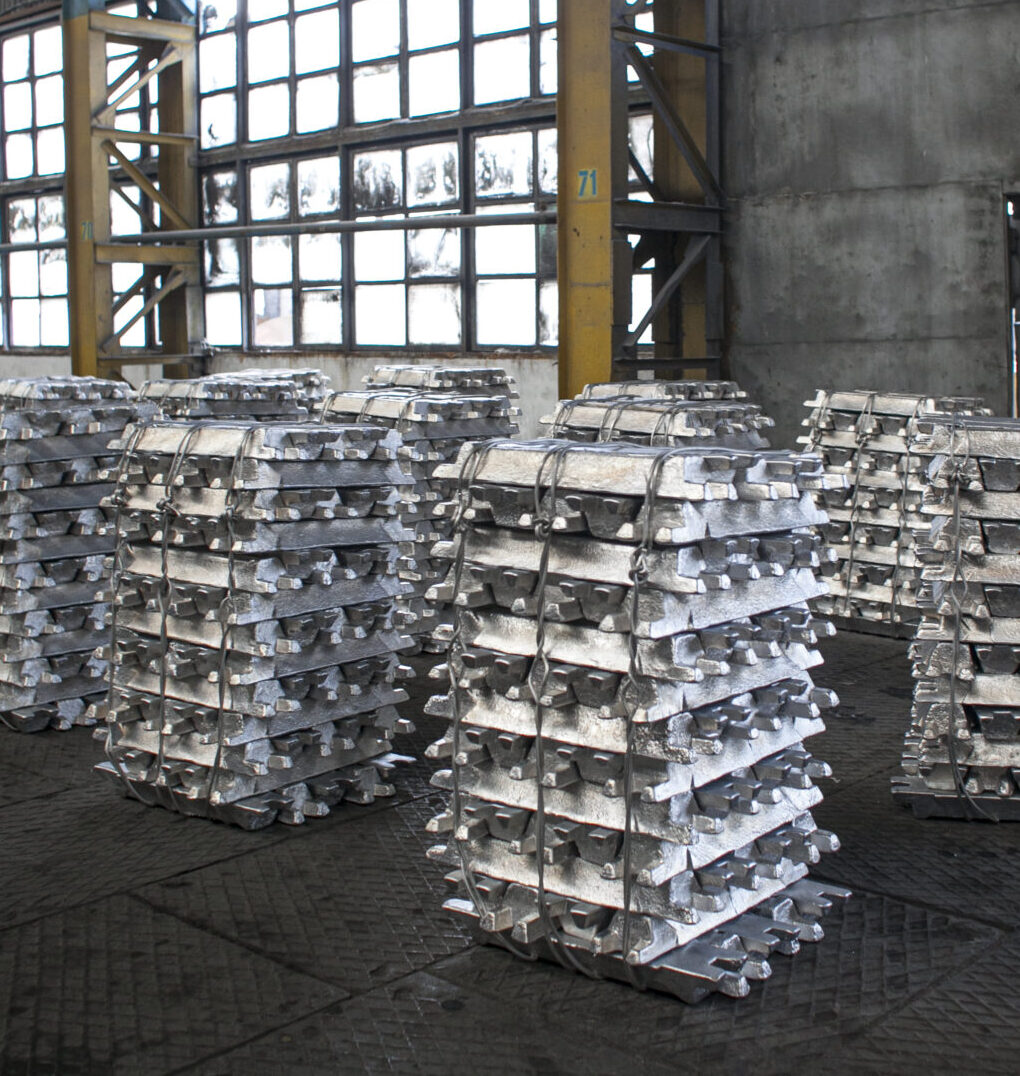Ten Years of GeoMIP
I’m writing this blog from my couch, where I’ve effectively been for the past 3 ½ months in self-quarantine due to COVID-19. Putting myself in the shoes I was wearing ten years ago, if you asked me in 2010 where I see myself in 2020, I guarantee you that I would have gotten the answer wrong.
Speaking of looking back over the past decade, 2020 marks the ten-year anniversary of the Geoengineering Model Intercomparison Project (GeoMIP). The original publication establishing the project and the first round of climate modeling experiments was submitted in 2010 to a special issue of Atmospheric Science Letters. Since then, GeoMIP has involved hundreds of researchers from around the world and is to date the single largest source of scientific information about solar geoengineering.
On this tenth anniversary, I thought it would be interesting to look back at that original GeoMIP paper and see how my thinking has evolved over the past decade. This excerpt1 stuck out:
[The experiment] assumes an RCP4.5 scenario…but with additional stratospheric aerosol added starting in the year 2020, which is a reasonable estimate of when the delivery systems needed to inject the aerosols might be ready.
Well, I sure am terrible at predicting the future. The world has (thankfully) not yet decided to deploy climate-altering solar geoengineering. Nevertheless, publishing this statement did have consequences for the future. Numerous climate modeling studies have since begun their simulations in 2020 thanks to GeoMIP’s precedent. Many of these geoengineering studies that show a start date of 2020 are highlighted in reports at national and international scales.
We picked 2020 because it was a nice, round number in which we could begin our simulations. Thankfully that decision has not been widely used outside of scientific research. But what if governments had been more ready to deploy and perhaps looking for some kind of justification? If the largest geoengineering research group on the planet says that this is the year to begin….
Let’s take another example2:
The sudden start of the aerosol injection in 2020 is meant to approximate the kind of action that might result from society’s sudden perception of a climate warming ‘emergency’ (e.g., an immediate imperative to stop ice sheet melting).
This assertion was a somewhat casual justification for suddenly starting stratospheric aerosol injection in our simulations, as opposed to ramping up the level of injection, as has been suggested by others. Much has been written about climate emergencies in geoengineering in subsequent years, far more eloquently than I can replicate here. But two especially salient points come to mind:
- An emergency is a political declaration, usually to justify some “extraordinary” action in response to a perceived threat. Declaring an emergency can allow the state to circumvent normal political processes to allow, for example, rapid allocation of resources or exercise of executive power (such as financial relief during a natural disaster or martial law during civil unrest). Each of these decisions has enormous sociopolitical ramifications that, quite frankly, I am totally unqualified to comment on.
- There is an inherent assumption in this passage: if geoengineering were used to combat a declared climate emergency, then the way it would be done is suddenly switching on a large amount of geoengineering. That assumption not only has no basis in fact, but based on research that has been conducted over the past decade, I personally believe that suddenly deploying a large amount of geoengineering is a terrible idea.
Why is this passage problematic? Again, statements from the world’s largest geoengineering research effort influence how ideas are shaped and discussed, not just among the scientific community, but also in society and politics. As I recall, this sentence was not debated at length, which in retrospect seems like an enormous oversight. I cringe at the possibility that this sentence might be used as part of a justification for any potential deployment.
I don’t mean to turn this blog into a guilt party. I’m proud of all that GeoMIP has accomplished for the science of solar geoengineering, and the credit for that rests entirely with the body of researchers who have so generously donated their time and effort to conducting simulations, preparing output, and evaluating the simulation results. GeoMIP continues to grow, often serving as an entry point for newcomers to the field.
It is those newcomers I think about. What messages are they taking away from things I have said? If I had taken more care with what I say, would they come away with a different message about solar geoengineering?
Looking back over the past ten years has been a useful, if somewhat embarrassing, reminder of how important it is to pay close attention when discussing solar geoengineering. Words matter, and humility in the communication process can go a long way. After all, the idea we’re researching and debating is modifying Earth’s climate. Carelessness has no place here.
1That original paper had multiple coauthors, but I think the responsibility for this passage rests with me.
2Like the previous example, I’m taking responsibility for this one. Please direct your criticism my way.
Ben Kravitz is an Assistant Professor in the Department of Earth and Atmospheric Sciences at Indiana University. His research involves using climate modeling to better understand the Earth system. He is the co-founder and coordinator of the Geoengineering Model Intercomparison Project (GeoMIP).










